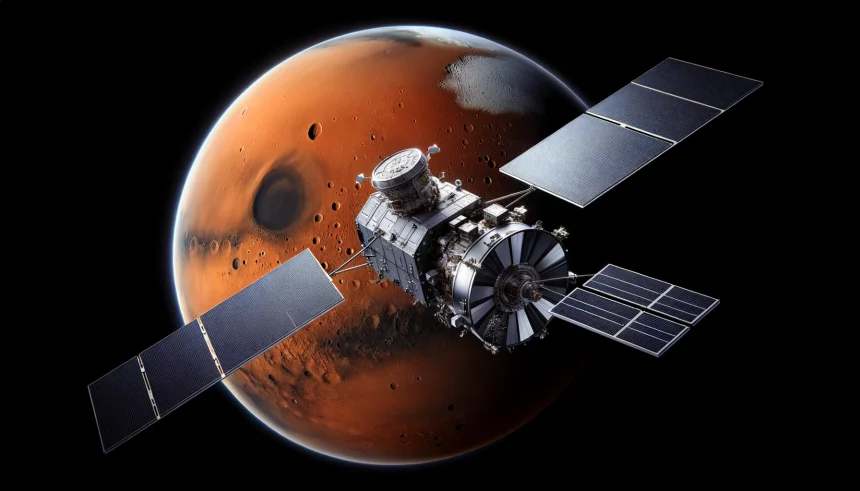This Wednesday morning, skywatchers across eastern North America will witness the Moon occulting Spica, one of the brightest stars in the night sky. The event offers a unique opportunity for both amateur and professional astronomers to observe and analyze celestial mechanics in real-time. Clear skies will enhance visibility, making this a noteworthy occasion for those interested in astronomical phenomena.
Past observations of lunar occultations have provided valuable data on star sizes and lunar topography. This event builds on previous occultations by allowing more precise measurements with advancing technology. The current occultation of Spica is expected to contribute significantly to ongoing astronomical studies, continuing a tradition of valuable celestial observations.
How will observers prepare for the event?
Astronomers recommend using binoculars or small telescopes to enhance the viewing experience. The International Occultation Timing Association (IOTA) has provided detailed timings and locations to assist observers in planning their viewing.
“Proper preparation ensures accurate data collection and a better viewing experience,”
an IOTA spokesperson stated.
What scientific insights can be gained?
The occultation will allow astronomers to study the angular diameter of Spica and detect any potential companions. Additionally, mapping the Moon’s limb profile can reveal lunar surface features. These observations are crucial for refining models of both the Moon and the star.
Who will benefit from this celestial event?
Both professional astronomers and astronomy enthusiasts stand to gain from this event. Professionals can gather data for research, while enthusiasts enjoy a rare and beautiful sight. Educational institutions may also use this opportunity to inspire interest in astronomy among students.
This occultation not only serves as a captivating visual event but also plays a significant role in advancing our understanding of celestial bodies. By observing the interaction between the Moon and Spica, scientists can refine existing theories and gain new insights into stellar and lunar characteristics. The collaboration between organizations like IOTA and the global astronomy community underscores the importance of such events in the broader scientific landscape. Participants are encouraged to take advantage of the resources provided to maximize their observational experience.










